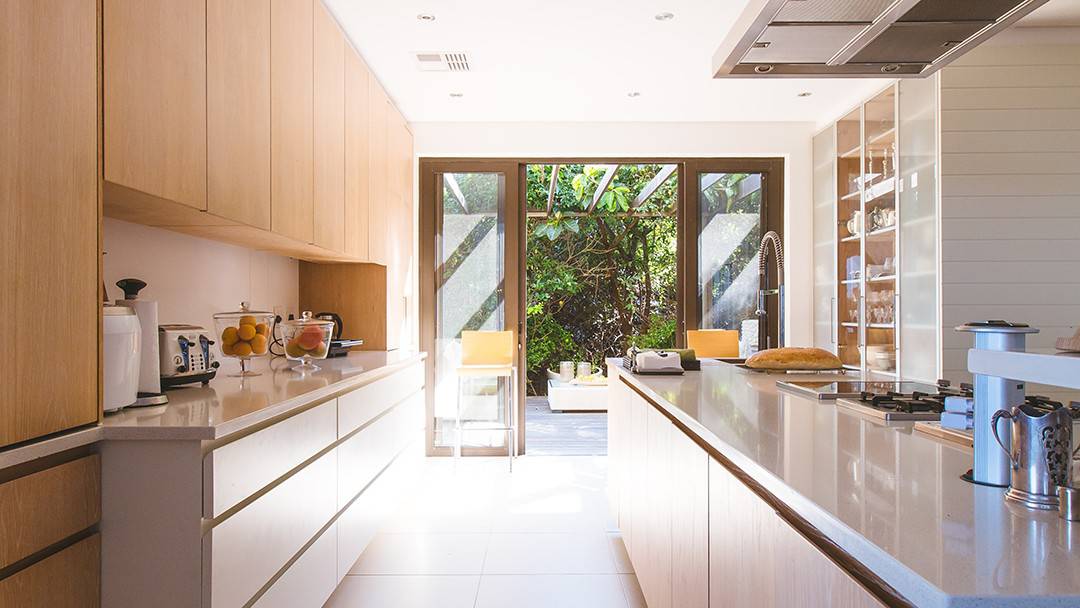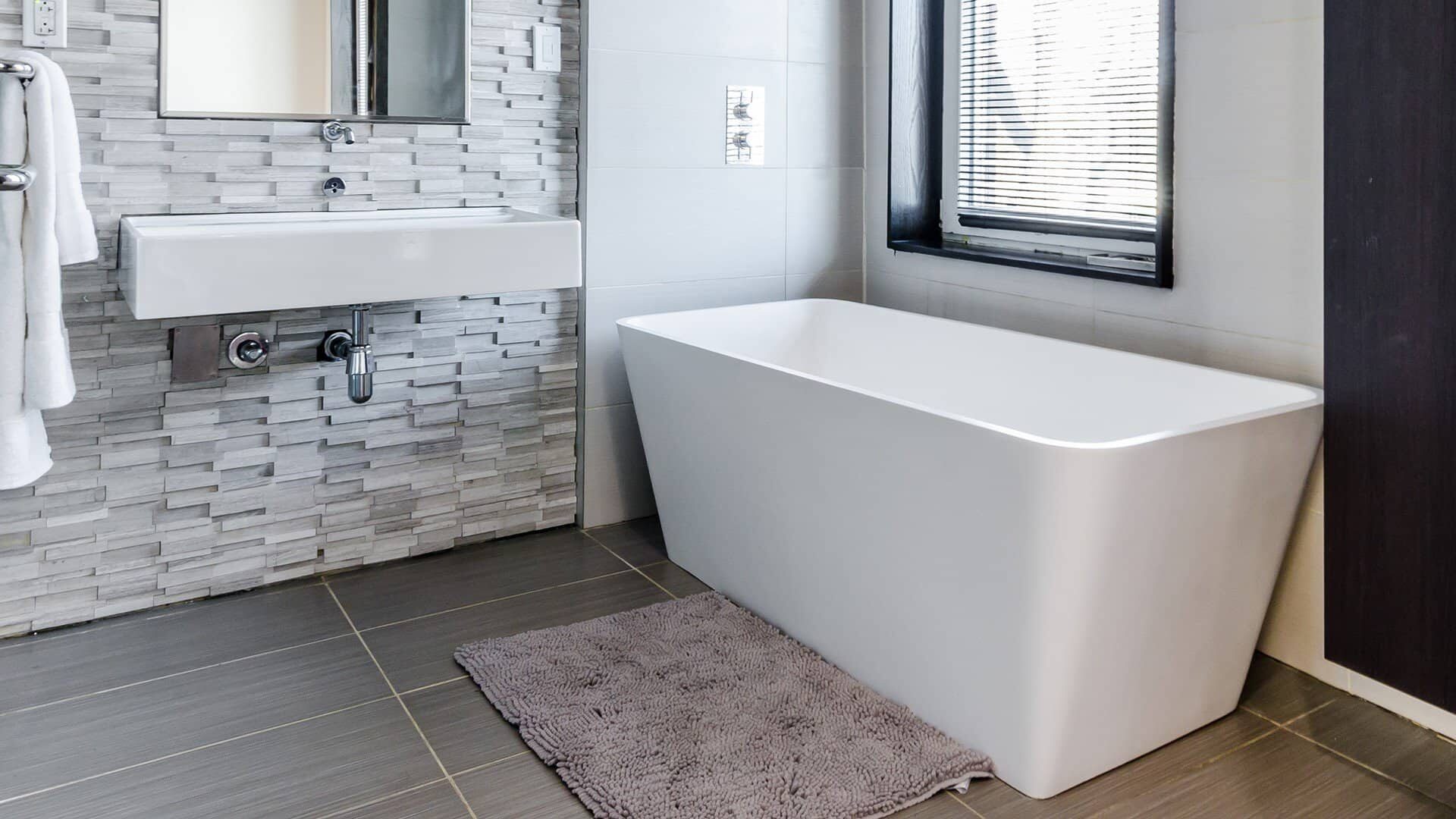How to dehumidify your house? This is a question that we get asked often. People want to know how to reduce humidity levels in their homes for various reasons: from improving comfort levels to preventing mold growth. In this article, we will explain everything you need to know about dehumidifying your home. We will cover how to determine if you need a dehumidifier, the best ways to dehumidify your house, and the benefits of doing so. We hope this article provides you with all the information you need!
Table of Contents
How to tell if your home needs to be dehumidified?
The first step is to determine if your home needs to be dehumidified. There are a few ways to tell if the humidity levels in your home are too high:
Checking Humidity Levels
You can use a hygrometer, which is an instrument that measures humidity levels. You can find one at most hardware stores. This way, you can monitor the humidity levels in your home and take action accordingly.
Excess Dust in the Air
Another way to tell if your home’s humidity levels are too high is by the amount of dust in the air. If you find that there is an excessive amount of dust in your home, it may be due to the fact that the air is too humid. This can cause problems for people who suffer from allergies or asthma.
Condensation on Windows
If you can see condensation on the windows in your home, that is a sign that the humidity levels are too high. This is because the water vapor in the air is condensing on the cold surface of the window.
Mold Growth
One of the most serious problems that can occur if the humidity levels in your home are too high is mold growth. Mold can cause a variety of health problems, so it is important to take action if you see it growing in your home.
Musty Odor
If your home has a musty odor, that is another sign that the humidity levels are too high. This is because mold and mildew thrive in humid conditions.
Health Problems
If you or your family members are experiencing any health problems that you think could be related to the humidity levels in your home, it is best to consult with a doctor. Some health problems that have been linked to high humidity levels include respiratory problems, headaches, and fatigue. Over humified homes have been shown to increase rates of colds and the flu.
Methods to Dehumidify Your House

Now that we’ve gone over how to tell if the humidity levels in your home are too high, let’s talk about how to reduce them. There are a few different methods that you can use to dehumidify your home:
Air Conditioning
One of the most common ways to dehumidify your home is by using air conditioning. This is because air conditioners remove moisture from the air as they operate.
Dehumidifiers
Another way to dehumidify your home is by using a dehumidifier. This is a machine that removes moisture from the air, and it can be very effective in lowering the humidity levels in your home.
Ventilation
Another method that can be used to dehumidify your home is ventilation. This means opening up windows and doors to allow fresh air to circulate. This can be especially effective if you live in an area with low humidity levels.
Remove Plants
If you have plants in your home, they can contribute to the humidity levels. This is because plants release water vapor into the air. If you want to lower the humidity levels in your home, you may want to consider removing some of the plants.
Take Cooler Showers
If you or your family members take showers that are too hot, it can contribute to the humidity levels in your home. This is because the steam from the shower will add moisture to the air. To reduce the humidity levels in your home, try taking cooler showers.
Dry Clothes Outside
Another way to reduce the humidity levels in your home is by drying your clothes outside. This is because the dryer will remove moisture from the air, and it will also help to circulate fresh air.
Absorb Moisture
One way to absorb moisture from the air is to use a calcium chloride dehumidifier. This is a machine that uses calcium chloride to absorb moisture from the air.
Use Fans
Another way to reduce the humidity levels in your home is by using fans. This will help to circulate the air and also remove some of the moisture from it.
Heating System
If you have a heating system in your home, you can use it to help reduce the humidity levels. This is because the heat will help to evaporate the moisture in the air.
Fix Any Leaks
If you have any leaks in your home, it is important to fix them as soon as possible. This is because the water from the leak will add moisture to the air, and it can also lead to mold growth.
Contact a Professional
If you are still having problems with the humidity levels in your home, you may want to contact a professional. They will be able to help you find the cause of the problem and also provide solutions.
Benefits of Dehumidifying Your House
There are a few benefits that come with dehumidifying your house. These benefits include:
Reduce Allergies
If you suffer from allergies, you may find that the humidity levels in your home make them worse. This is because mold and mildew thrive in humid conditions. By reducing the humidity levels in your home, you can help to reduce your allergy symptoms.
Prevent Mold and Mildew
As we mentioned before, mold and mildew thrive in humid conditions. By reducing the humidity levels in your home, you can help to prevent these fungi from growing.
Protect Your Home
If the humidity levels in your home are too high, it can cause damage to your home. This is because the moisture can cause wood to rot and paint to peel. By reducing the humidity levels in your home, you can help to protect your investment.
FAQs
Q: What is the ideal humidity level for a home?
A: The ideal humidity level for a home is between 30 and 50 percent.
Q: How can I tell if the humidity levels in my home are too high?
A: There are a few signs that you can look for to see if the humidity levels in your home are too high. These signs include condensation on windows, musty odors, and mold growth.
Q: Can I use a humidifier to reduce the humidity levels in my home?
A: No, you should not use a humidifier to reduce the humidity levels in your home. This is because humidifiers add moisture to the air, which will only make the problem worse. You would need to use a dehumidifier to remove the moisture from the air.
Q: How often should I dehumidify my house?
A: The frequency with which you should dehumidify your house will depend on the humidity levels in your area. If you live in an area with high humidity levels, you may need to dehumidify your house more often. However, if you live in an area with low humidity levels, you may only need to dehumidify your house once or twice a year.
Q: What are the consequences of not dehumidifying my house?
A: If you do not dehumidify your house, it can lead to a number of problems. These problems include mold growth, musty odors, and damage to your home. Additionally, if you suffer from allergies, the humidity levels in your home can make them worse. Therefore, it is important to dehumidify your house on a regular basis.
Summary
Dehumidifying your house is important for a number of reasons. These reasons include: reducing allergies, preventing mold and mildew growth, and protecting your home. There are a few different ways that you can dehumidify your house, including using a calcium chloride dehumidifier, using fans, and fixing any leaks. You should also make sure to keep the humidity levels in your home between 30 and 50 percent. If you do not dehumidify your house, it can lead to a number of problems, so it is important to make sure that you are taking the necessary steps to reduce the humidity levels in your home.




